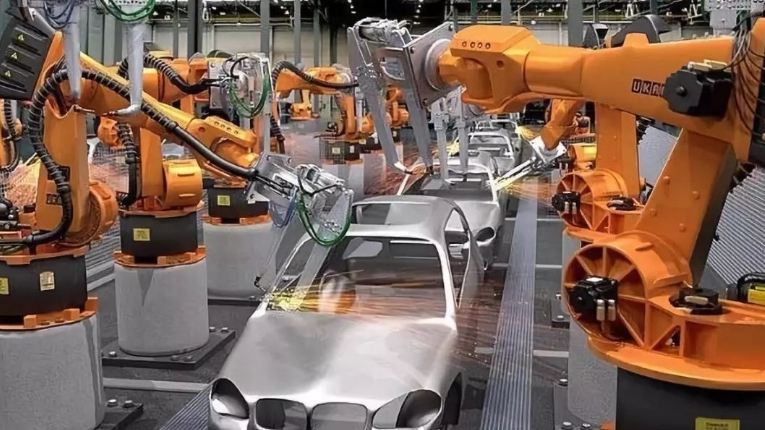
Automotive manufacturing has undergone a significant transformation with the advent of automation technologies. Among the key components driving this evolution are gear reducers, which play a crucial role in enhancing efficiency, precision, and overall productivity in the production of automobiles. In this article, we will explore the diverse applications and impact of gear reducers in automotive automation production.
1. Power Transmission Efficiency:
Gear reducers are integral in the powertrain systems of automated assembly lines. They optimize power transmission by reducing the high-speed rotational output of motors to the desired lower speed with increased torque. This efficiency is paramount in ensuring that each robotic arm, conveyor belt, or assembly station operates at its optimal performance level.
2. Miniaturization for Compact Machinery:
As automotive assembly lines become more compact and streamlined, the role of gear reducers in miniaturization becomes crucial. These components enable the design of smaller yet powerful robotic systems, facilitating the efficient utilization of space in automated production facilities. This compactness is essential for accommodating the various stages of car manufacturing in a confined space.
3. Torque Multiplication in Robotic Arms:
Robotic arms are pivotal in the automated assembly of car components. Gear reducers, by providing torque multiplication, empower these robotic arms to handle heavy loads with precision. This is particularly evident in tasks such as welding, where the ability to control torque is essential for ensuring accurate and consistent results.
4. Precision Control in Conveyor Systems:
Conveyor systems are the lifeline of automotive production lines, transporting components seamlessly from one station to another. Gear reducers play a critical role in these systems by allowing precise control over the speed and movement of the conveyor belts. This precision ensures that parts are delivered to each assembly station with accuracy, contributing to the overall efficiency of the manufacturing process.
5. Automated Guided Vehicles (AGVs):
The adoption of AGVs in automotive plants has become increasingly prevalent for material handling tasks. Gear reducers contribute to the smooth operation of AGVs by regulating speed and ensuring precise movement. AGVs equipped with gear reducers navigate through the production floor, transporting materials efficiently and safely, reducing the need for manual intervention.
6. Noise Reduction for Worker Comfort:
Automated production lines can be noisy environments. Gear reducers, through their design and construction, contribute to noise reduction during operation. This is essential not only for maintaining a comfortable working environment for personnel but also for improving overall plant safety and compliance with occupational health standards.
7. High-Speed Machining Operations:
In the production of precision automotive components, high-speed machining operations are common. Gear reducers are employed to control the speed of cutting tools, ensuring that machining processes are executed with the required accuracy. This precision is essential for producing components that meet stringent quality standards.
8. Adaptability to Advanced Materials:
With the increasing use of advanced materials in automotive manufacturing, gear reducers have adapted to these changes. The incorporation of lightweight and high-strength materials in the construction of gear reducers contributes to the overall weight reduction of automated systems. This adaptation aligns with the automotive industry's emphasis on fuel efficiency and sustainability.
 English
English Deutsch
Deutsch Русский
Русский Español
Español
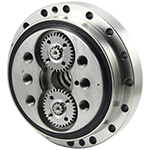
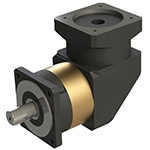
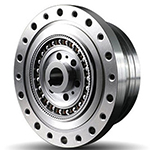
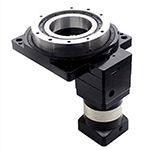
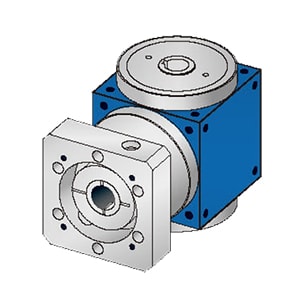
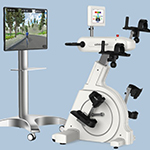

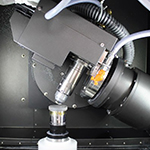
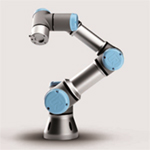
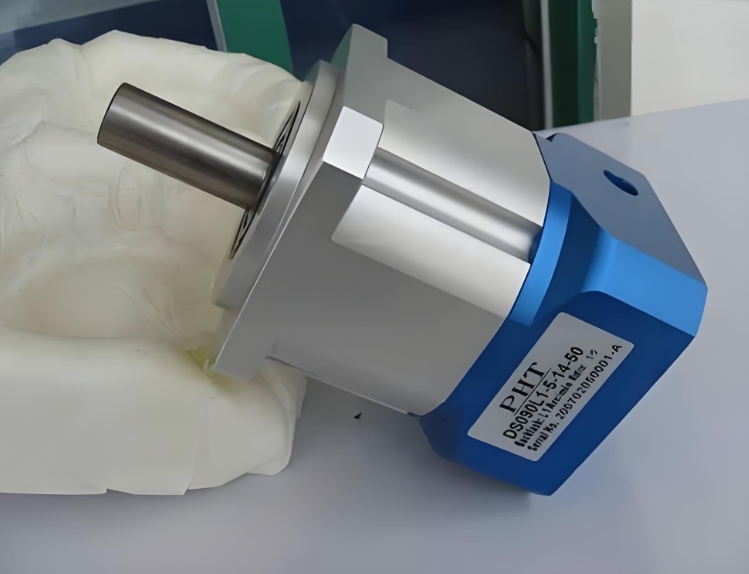
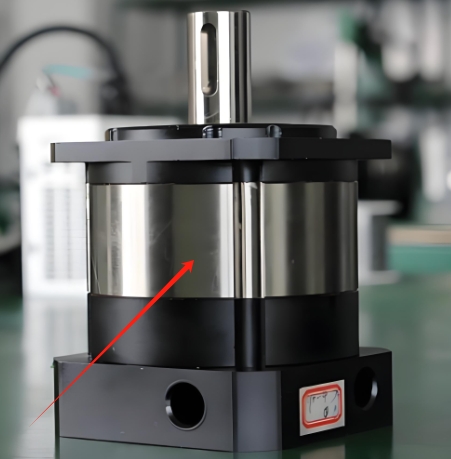
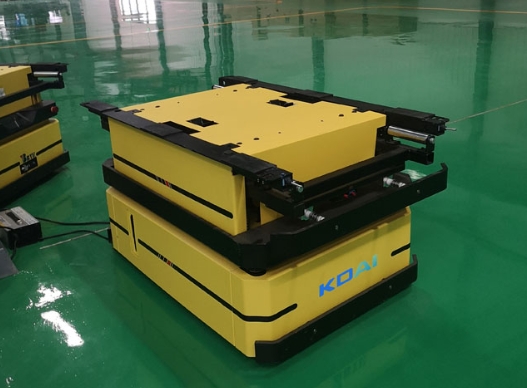
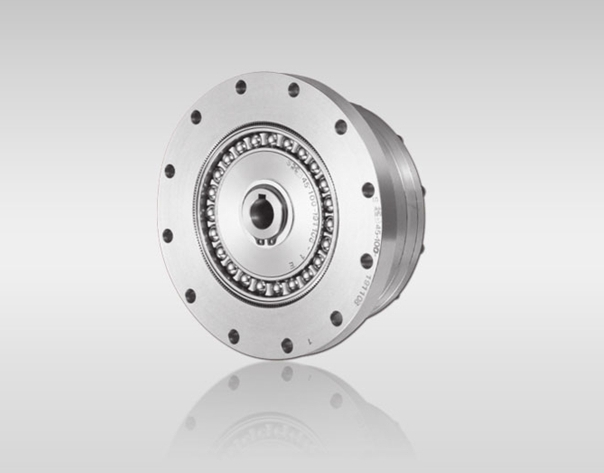
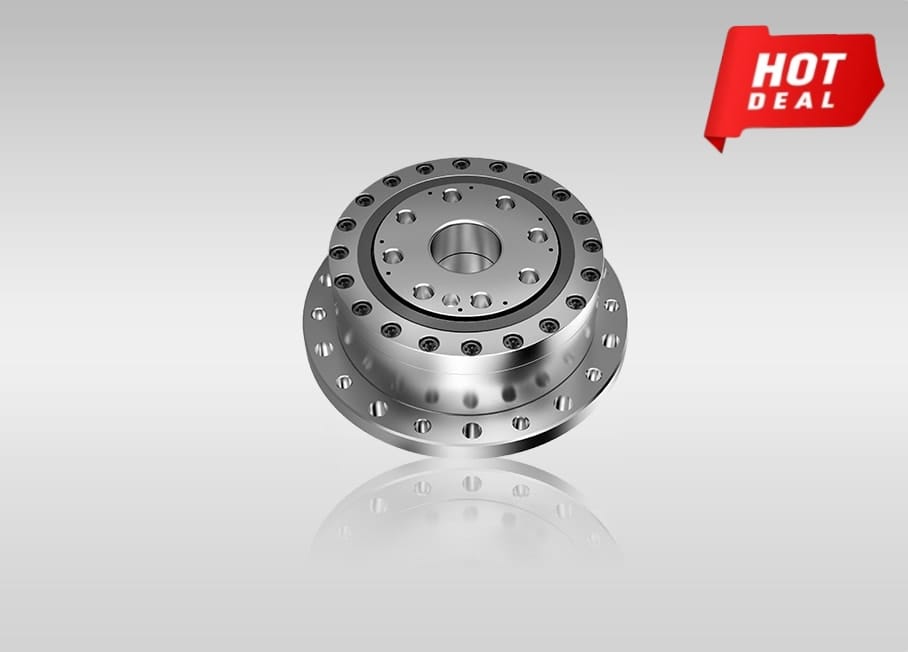
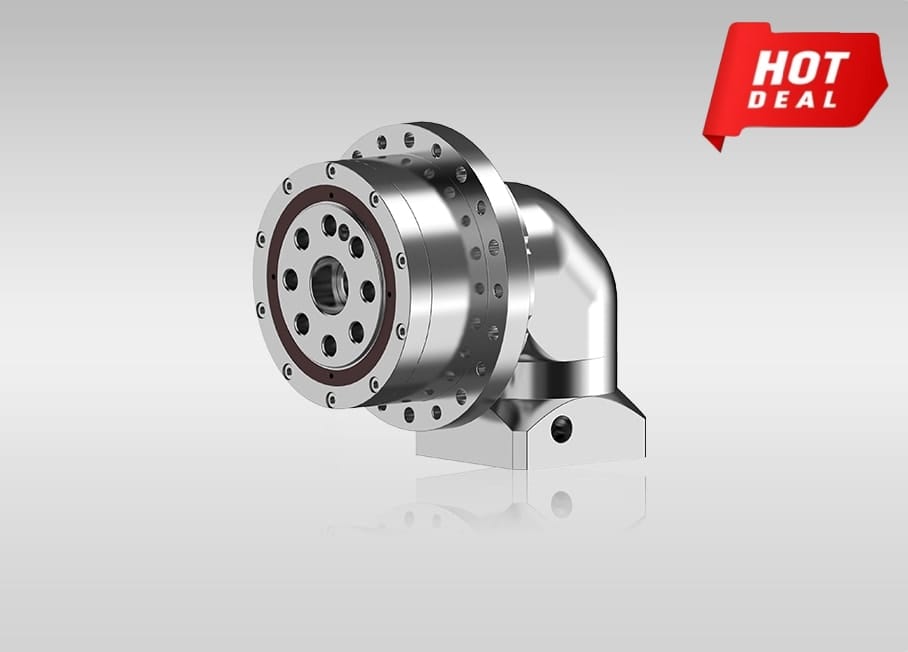
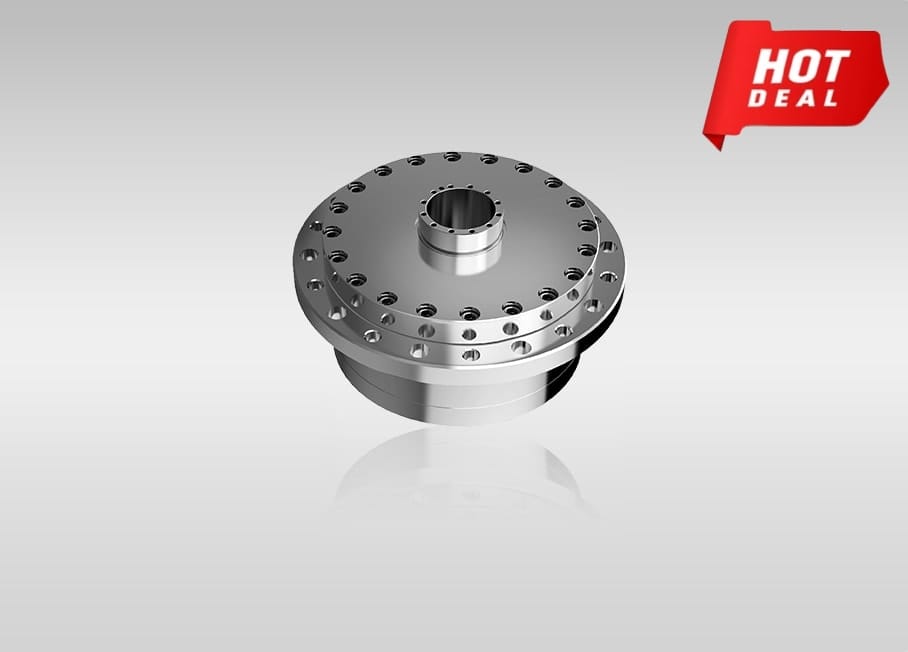
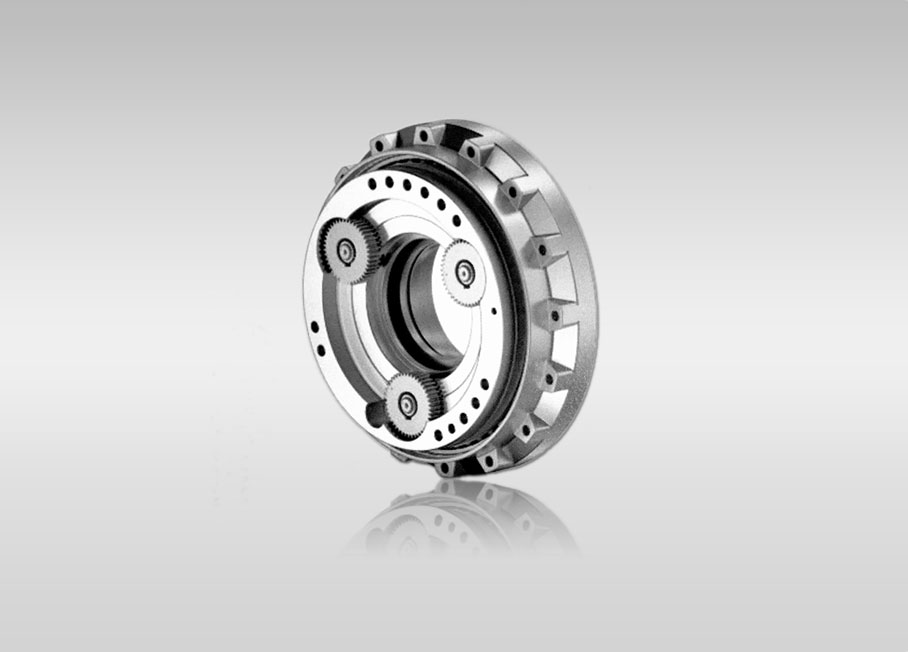
Quote Now